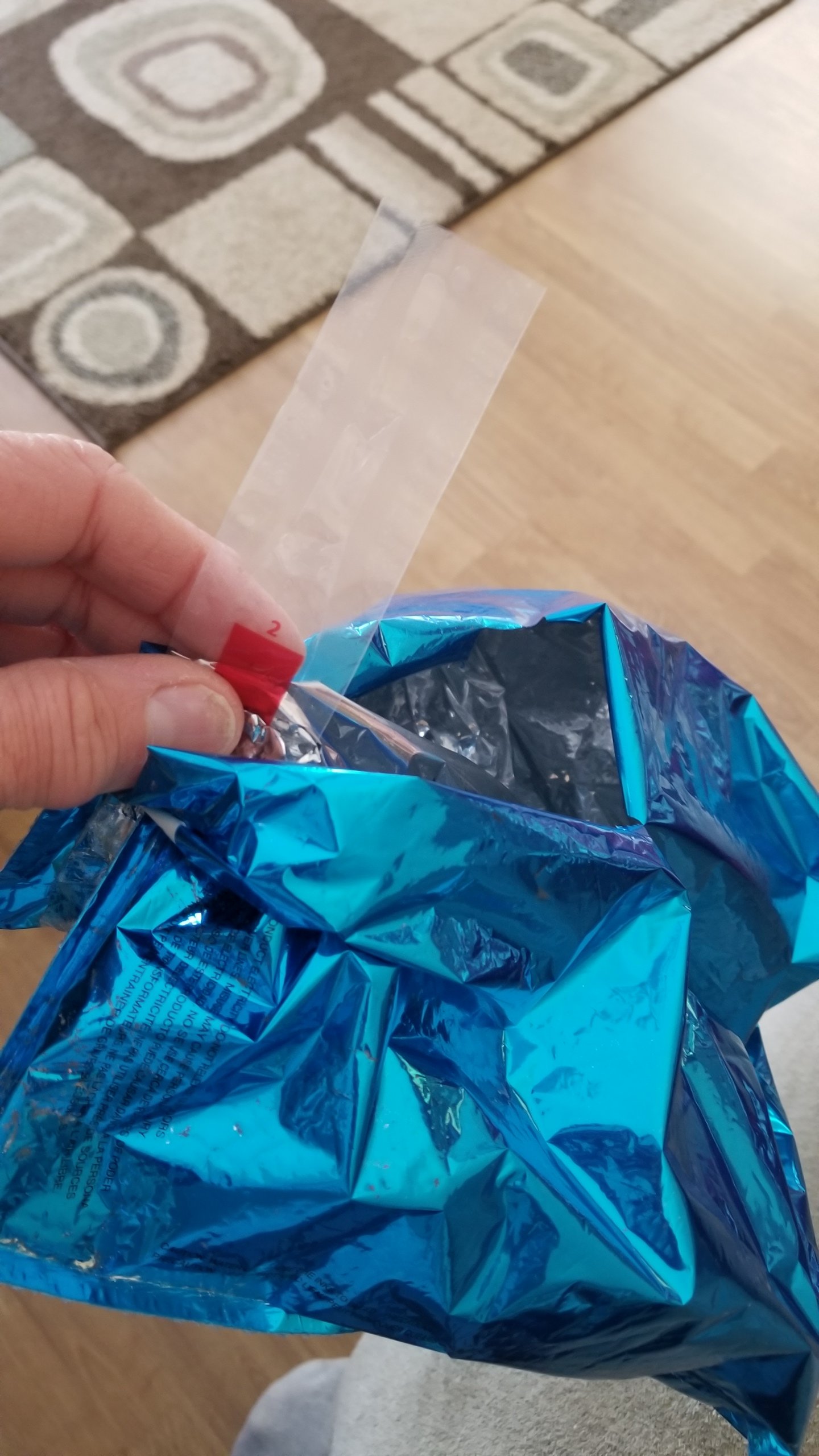Bigarcherynut
Well-Known Member
I have been cold crashing many of my beers for the last couple of years. I have read and tried many tips about helping with dealing with the vacuum that occurs when the fermenter is chilled. I have used cotton balls with Star Stan and Vodka in the airlocks for the most part. The other day I decided to try Mylar balloons like many suggested filled with CO2. I filled 3 balloons and taped a 3" piece of tubing into the balloon and filled them partially with CO2. I plugged those into the hole where the airlock would go. Perfect. Appeared to be the ticket. 3 days later I kegged my beer and after the lids had been removed from the buckets and one from my Fermentasaurus fermenter noticed the balloons were still inflated. I tried to press the gas out only to find it didn't come out. I cut the balloon open to find they have an internal sealing strip inside that seals after filling. Anyone else find this? I'm surprised my Fermentasaurus didn't collapse some due to the vacuum unless it leaked by were the tube went into the airlock. Anyone else find this with Mylar balloons ?





